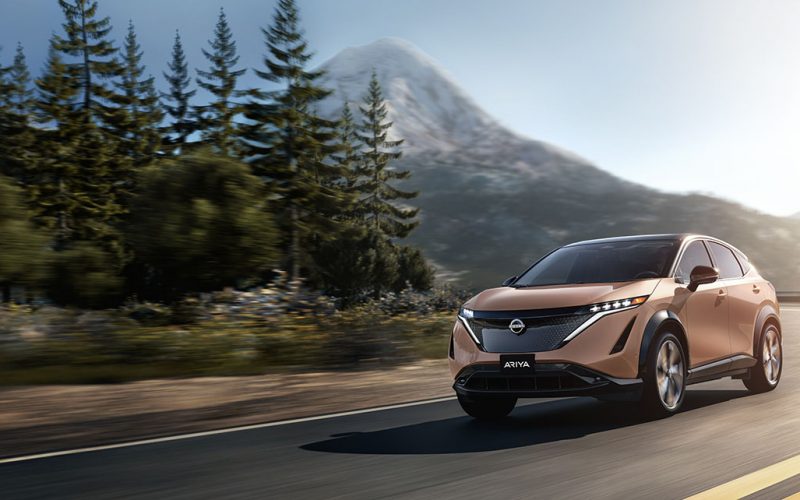
Reading Time: 5 minutesNissan’s Leaf has a permanent place in history for being one of the first modern-day mass-production
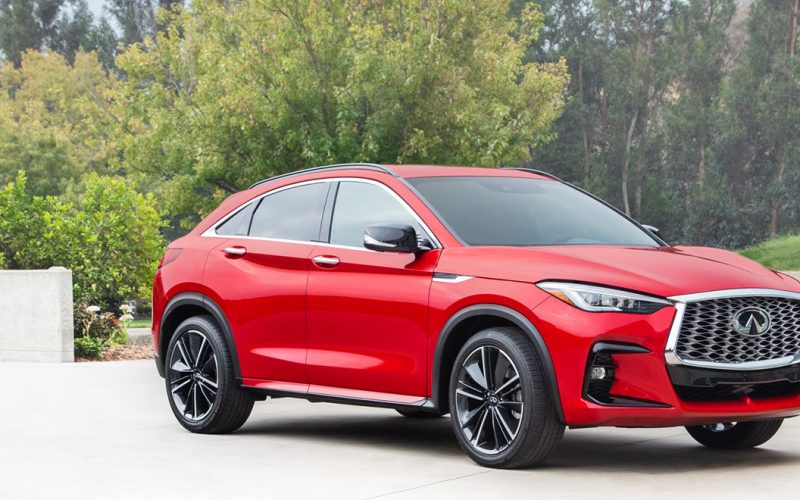
Reading Time: 7 minutesInfiniti could arguably be credited with creating the sporty crossover coupe sector way back in 2002

Reading Time: 4 minutesAlthough there has recently been talk about reopening our economy, for the most part we’re still
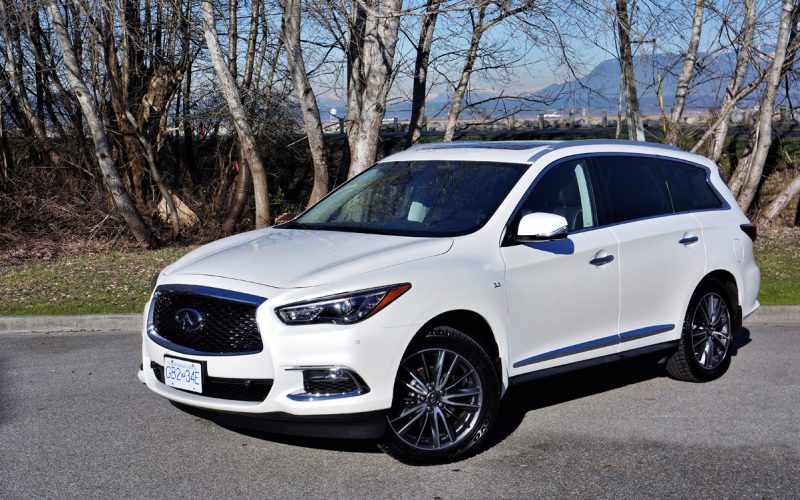
Reading Time: 10 minutesFew premium models mimic their mainstream volume branded donor platforms so closely as the QX60 does
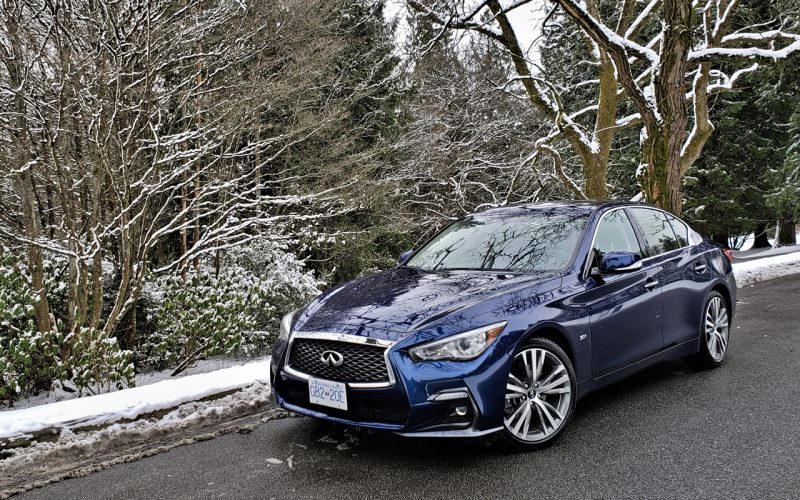
Reading Time: 12 minutesThe Infiniti Q50 has been one of few sport-luxury sedans that found continued success despite the
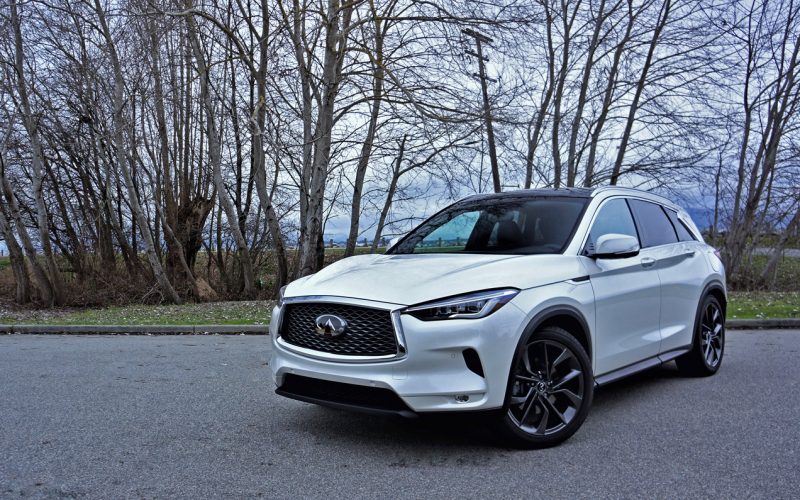
Reading Time: 15 minutesThe QX50 always provided strong performance and a nicely finished interior, at least comparative to its
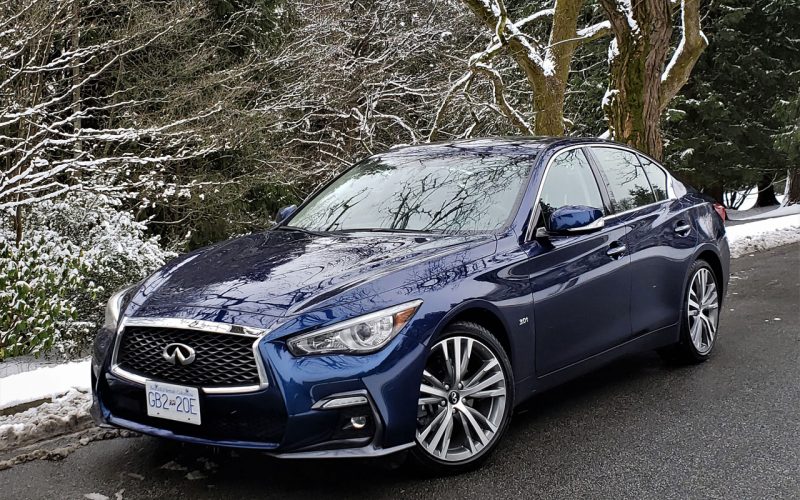
Reading Time: 7 minutesInfiniti gave its only relevant sedan a mid-cycle refresh last year, updating the Q50’s grille, front
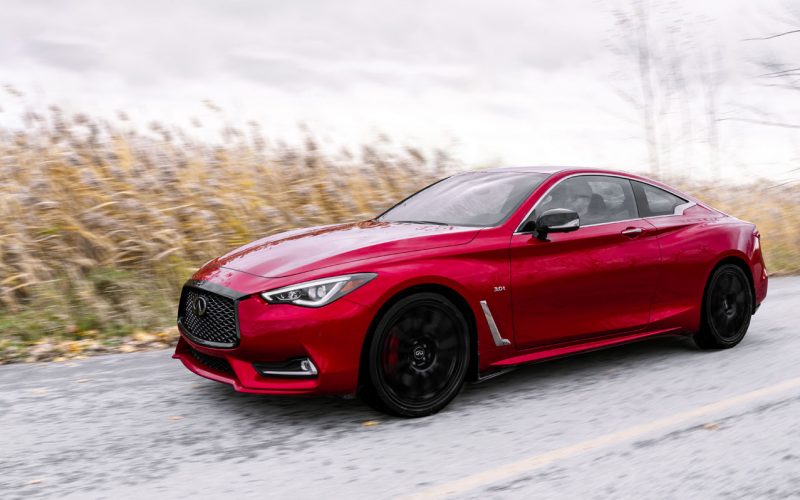
Reading Time: 3 minutesInfiniti showed up at last month’s Salon International de l’Auto de Montréal with a new Canada-exclusive
© 2025 The Car Magazine. All Rights Reserved, Privacy Policy | Terms of Use